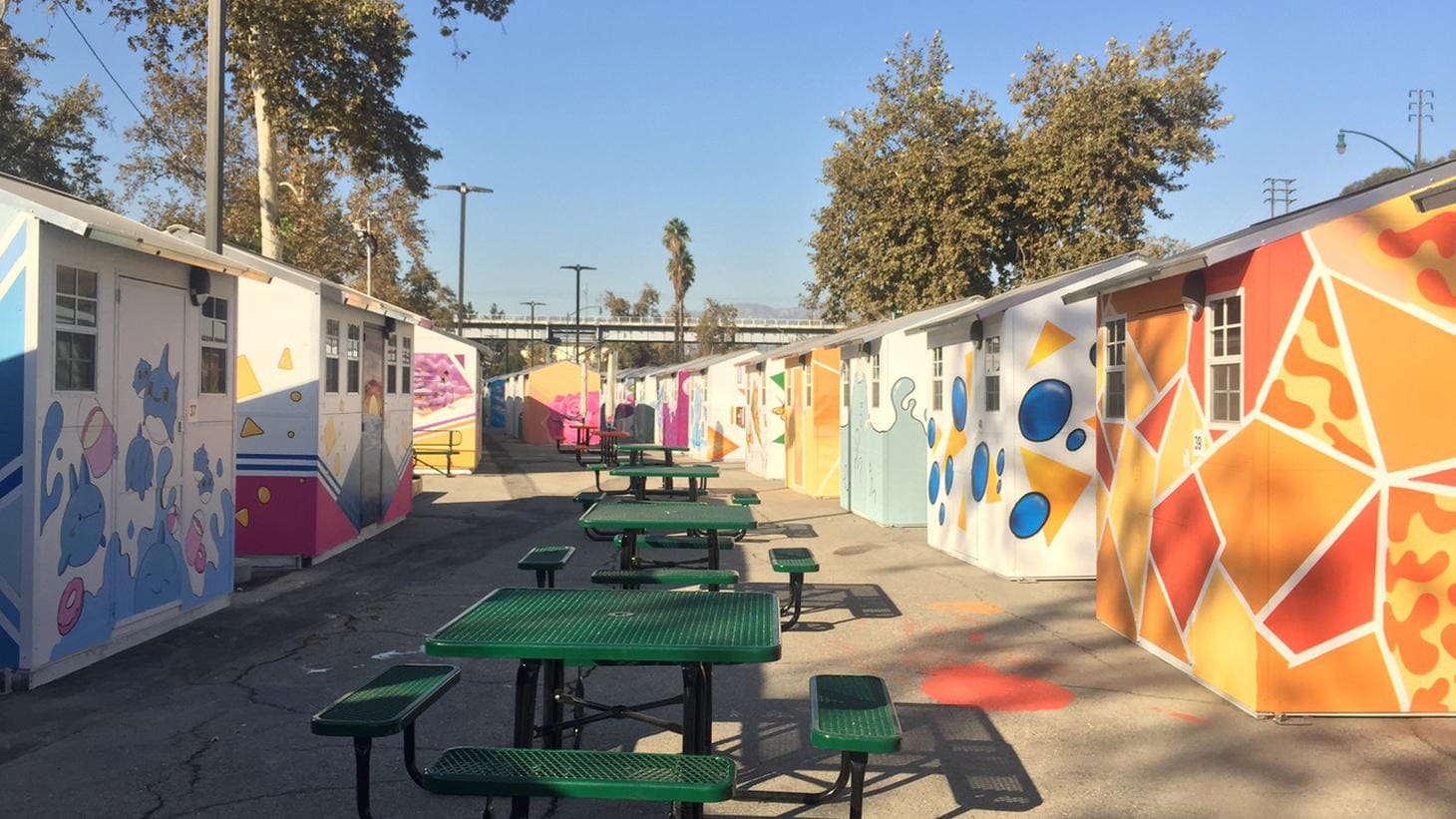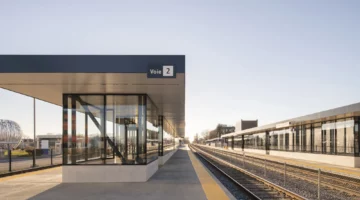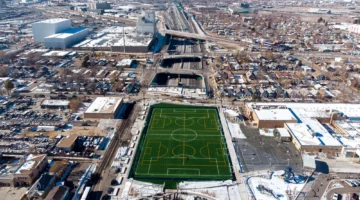"[...]At a time when permanent supportive housing takes years to build and the average cost per unit has climbed to nearly $600,000, the cost of these tiny homes came to about $68,000 each, or roughly $35,000 per bed, according to De León’s office.
I stepped inside a few of the tiny structures, which get their name honestly. But two beds fit comfortably in the space, there’s a window, a door, and a bank of bathrooms and showers outside.
You do have to shake your head at the thought of producing mini-homes for the destitute in a state of unprecedented public and private wealth, with sprawling mega-mansions selling for more than $100 million apiece.
But for all of that, are these tiny homes better than cardboard boxes and tents?
No doubt.
“It’s not just going to be interim housing,” De León told me. “It’s going to be three meals a day, psychotherapeutic services and drug addiction services.”
In his speeches, De León likes to ask, “in what parallel universe” is it better to leave people on the street than move them into various forms of temporary housing while awaiting more permanent housing?
During the ceremony, I wandered down the street to the homeless encampment. On both sides of Figueroa, tents line the 134 underpass. Over the years, I’ve seen the area cleared out as temporary and sometimes permanent housing are found, but the tents always return before long.
Pedro Cruz, 76, had just stepped out of his small tent on the east side of Figueroa. I asked him if he’d prefer to live in the tiny home village and he said yes. He’s already talked to outreach workers and is on a list to move in the coming days at the official opening.[...]"




